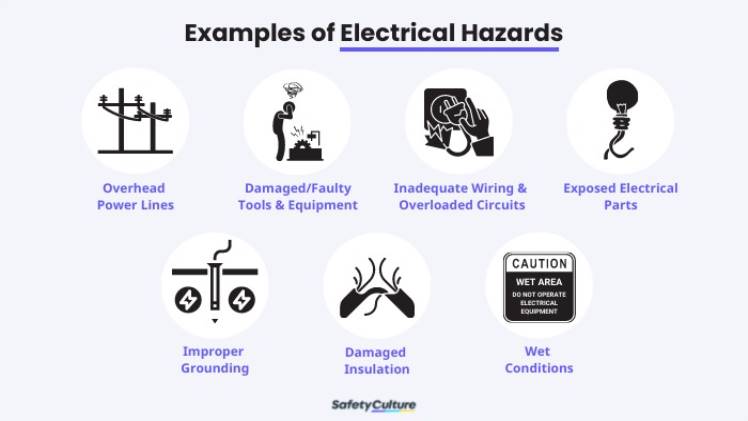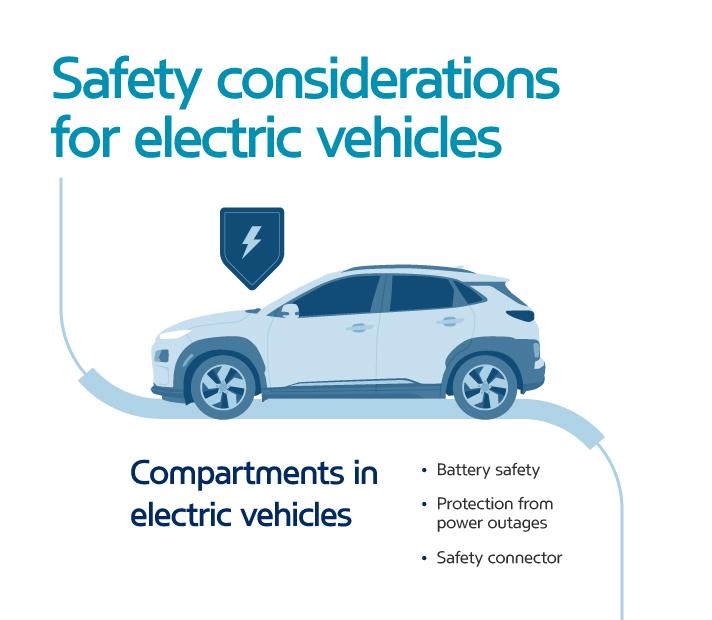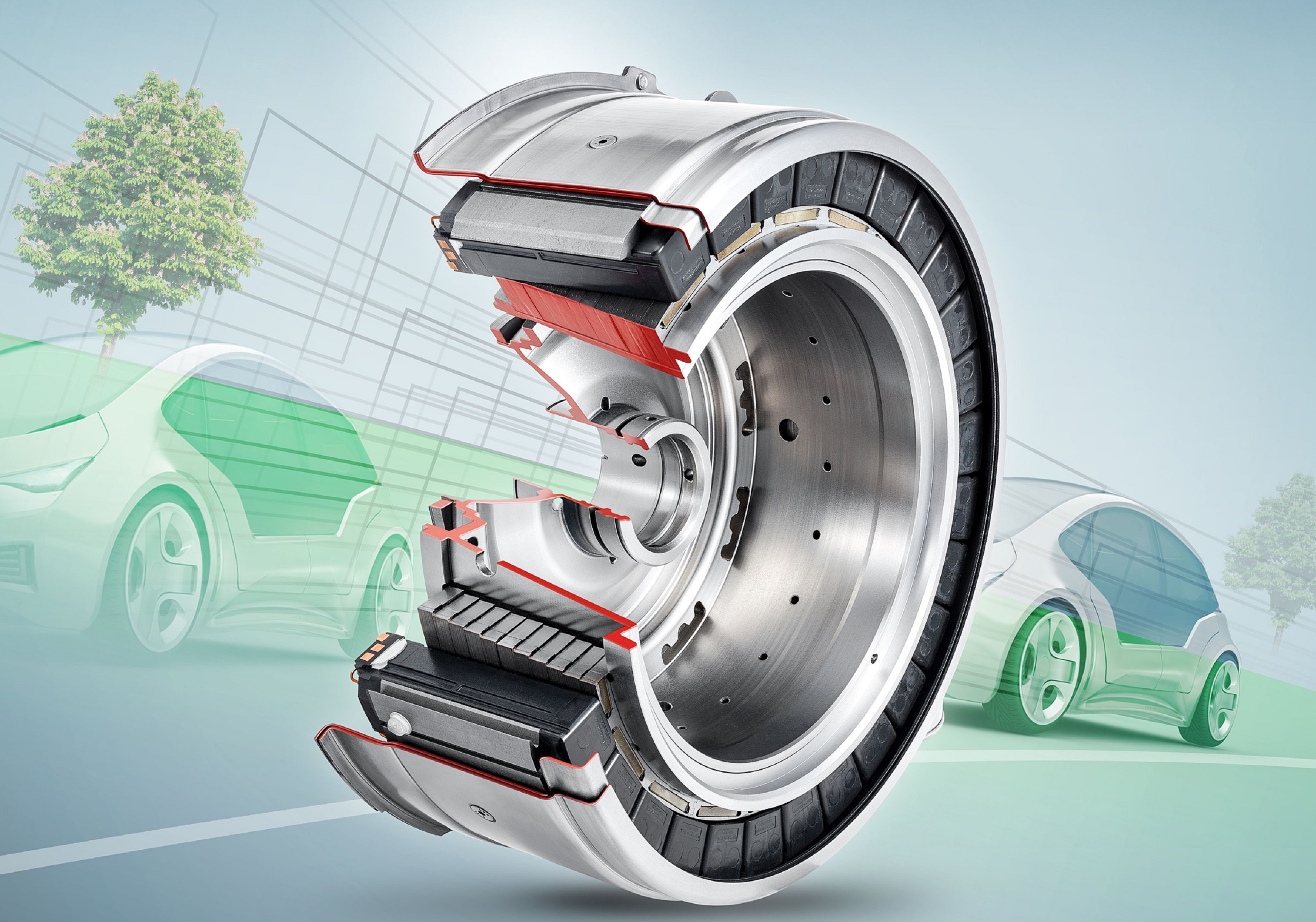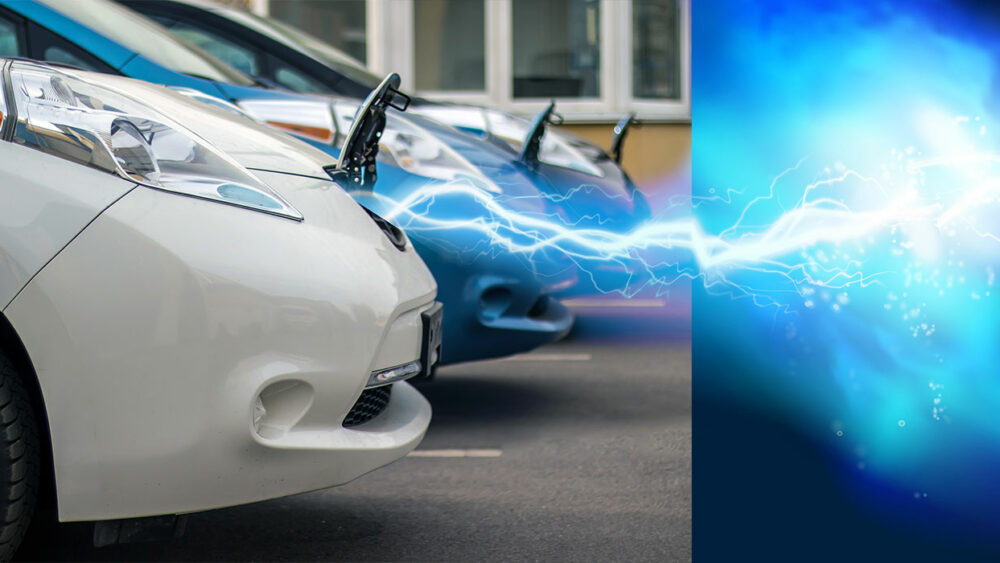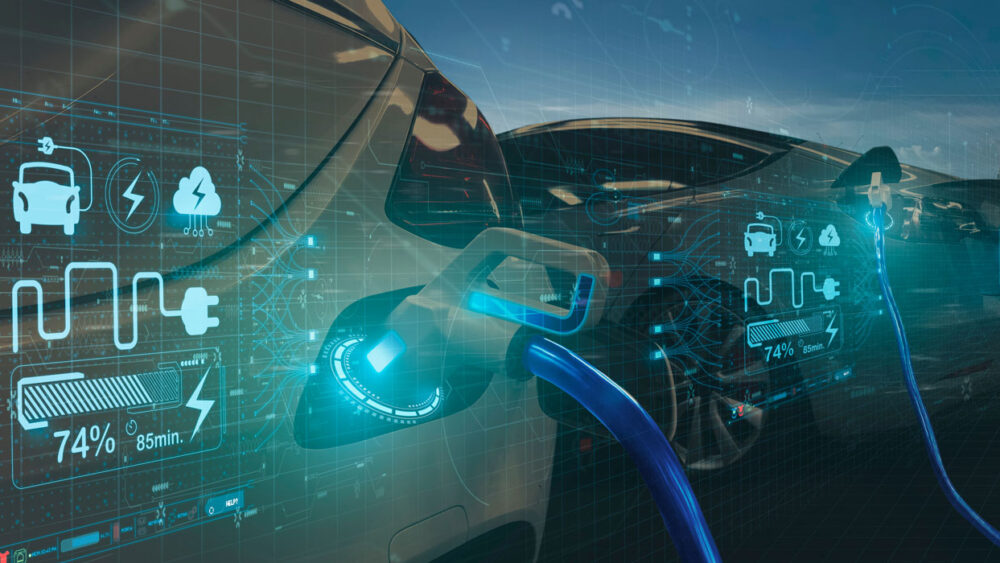Understanding the Importance of Electric Vehicle Safety Protocols
The electric vehicle (EV) industry has experienced rapid growth in recent years, with many countries investing heavily in EV infrastructure and incentivizing consumers to make the switch to electric. However, as the number of EVs on the road increases, so too does the need for standardized safety protocols to protect drivers, passengers, and pedestrians. Electric vehicle safety standards are crucial in ensuring the safe operation of EVs, and their importance cannot be overstated.
One of the primary concerns in EV safety is the risk of electrical shock. EVs operate on high-voltage electrical systems, which can be deadly if not handled properly. To mitigate this risk, manufacturers must implement safety protocols such as insulation, grounding, and protective devices. Additionally, regular maintenance and inspections are essential in ensuring the safe operation of EVs.
The impact of safety standards on the adoption of EVs cannot be overstated. Consumers are more likely to purchase EVs if they feel confident in their safety. Moreover, governments are more likely to incentivize the adoption of EVs if they are confident in their safety. Therefore, it is essential that the EV industry prioritizes safety and works towards establishing standardized safety protocols.
Electric vehicle safety standards also have a significant impact on the overall growth of the industry. As the demand for EVs increases, manufacturers must be able to meet that demand while ensuring the safety of their products. This requires significant investment in research and development, as well as collaboration with regulatory bodies and industry stakeholders.
In conclusion, electric vehicle safety protocols are essential in ensuring the safe operation of EVs. The EV industry must prioritize safety and work towards establishing standardized safety protocols to protect drivers, passengers, and pedestrians. By doing so, the industry can ensure the continued growth and adoption of EVs, while also protecting the public.
How to Mitigate Electrical Shock Risks in Electric Vehicles
Electric vehicles (EVs) operate on high-voltage electrical systems, which can pose a significant risk of electrical shock to drivers, passengers, and maintenance personnel. To mitigate this risk, it is essential to follow proper safety protocols and guidelines. One of the most critical steps in preventing electrical shock is to ensure that the vehicle’s electrical system is properly maintained.
Regular inspections and maintenance are crucial in identifying potential electrical hazards and preventing accidents. This includes checking the vehicle’s electrical connections, wiring, and components for signs of wear, damage, or corrosion. Additionally, EV owners and maintenance personnel should always follow proper lockout/tagout procedures when working on the vehicle’s electrical system.
Another key aspect of mitigating electrical shock risks is to adhere to safety guidelines and protocols. This includes wearing personal protective equipment (PPE) such as gloves, safety glasses, and a hard hat when working on the vehicle’s electrical system. It is also essential to ensure that the vehicle is properly grounded and that all electrical connections are secure and tightened.
In addition to proper maintenance and safety protocols, EV manufacturers can also play a critical role in mitigating electrical shock risks. This includes designing and testing electrical systems to ensure that they meet or exceed industry safety standards. Manufacturers can also provide training and resources to EV owners and maintenance personnel on proper safety protocols and procedures.
By following these steps and guidelines, EV owners and maintenance personnel can significantly reduce the risk of electrical shock and ensure a safe and reliable driving experience. As the EV industry continues to evolve and grow, it is essential that safety protocols and guidelines keep pace with emerging trends and technologies.
The Role of Electric Motor Safety Standards in Preventing Fires
Electric motor safety standards play a crucial role in preventing fires in electric vehicles (EVs). The electric motor is a critical component of an EV, and its safety is essential to ensuring the overall safety of the vehicle. Fires in EVs can be caused by a variety of factors, including electrical malfunctions, thermal runaway, and mechanical failures.
Proper motor design, testing, and certification are essential in reducing the risk of fires in EVs. Electric motor safety standards, such as those developed by the International Electrotechnical Commission (IEC), provide guidelines for the design, testing, and certification of electric motors. These standards ensure that electric motors are designed and manufactured to meet strict safety requirements, reducing the risk of fires and ensuring overall vehicle safety.
One of the key aspects of electric motor safety standards is the requirement for thermal management. Electric motors can generate significant amounts of heat during operation, and if not properly managed, this heat can lead to thermal runaway and fires. Electric motor safety standards require that motors be designed with thermal management systems that can detect and prevent overheating.
Another important aspect of electric motor safety standards is the requirement for electrical insulation and protection. Electric motors operate at high voltages, and if not properly insulated and protected, can pose a significant risk of electrical shock and fires. Electric motor safety standards require that motors be designed with electrical insulation and protection systems that can prevent electrical shock and fires.
In addition to proper motor design, testing, and certification, regular maintenance and inspections are also essential in preventing fires in EVs. EV owners and maintenance personnel should regularly inspect the electric motor and its components for signs of wear, damage, or corrosion. Any issues should be addressed promptly to prevent fires and ensure overall vehicle safety.
By following electric motor safety standards and guidelines, EV manufacturers and owners can significantly reduce the risk of fires and ensure a safe and reliable driving experience. As the EV industry continues to evolve and grow, it is essential that electric motor safety standards keep pace with emerging trends and technologies.
Real-World Examples: Tesla’s Approach to Electric Vehicle Safety
Tesla is a pioneer in the electric vehicle (EV) industry, and its approach to safety is a prime example of how electric vehicle safety standards can be implemented in practice. Tesla’s safety features are designed to protect drivers, passengers, and pedestrians, and the company’s commitment to safety has contributed to its reputation as a leader in the EV industry.
One of Tesla’s key safety features is its battery management system. This system is designed to prevent overheating and electrical shock, and it has been instrumental in preventing fires and other safety incidents in Tesla vehicles. Tesla’s battery management system is also designed to optimize battery performance and longevity, which helps to ensure that the vehicle’s electrical system operates safely and efficiently.
Another important safety feature in Tesla vehicles is the emergency response plan. This plan is designed to provide emergency responders with critical information about the vehicle’s electrical system, including the location of high-voltage components and the procedures for safely disabling the vehicle’s electrical system. Tesla’s emergency response plan has been widely praised for its effectiveness in preventing injuries and fatalities in the event of an accident.
Tesla’s approach to safety is also reflected in its manufacturing process. The company’s factories are designed to ensure that every vehicle meets strict safety standards, and Tesla’s quality control processes are designed to catch any potential safety issues before they reach the road. Tesla’s commitment to safety has earned it a reputation as one of the safest automakers in the industry.
In addition to its safety features and manufacturing processes, Tesla is also committed to ongoing research and development in the area of electric vehicle safety. The company is constantly working to improve its safety standards and to develop new technologies that can help to prevent accidents and injuries. Tesla’s commitment to safety is a key factor in its success, and it has helped to establish the company as a leader in the EV industry.
Tesla’s approach to safety is a prime example of how electric vehicle safety standards can be implemented in practice. By prioritizing safety and committing to ongoing research and development, Tesla has established itself as a leader in the EV industry and has helped to pave the way for the widespread adoption of electric vehicles.
The Impact of Regulatory Frameworks on Electric Vehicle Safety
Regulatory frameworks play a crucial role in shaping electric vehicle safety standards. Governments, industry organizations, and international bodies have established various regulations and guidelines to ensure that electric vehicles (EVs) meet strict safety standards. These regulatory frameworks have a significant impact on the safety of EVs and the overall growth of the industry.
Government regulations are a key component of the regulatory framework for EV safety. Governments have established laws and regulations that require EV manufacturers to meet specific safety standards, such as crash testing and electrical safety standards. For example, the National Highway Traffic Safety Administration (NHTSA) in the United States has established regulations for EV safety, including standards for battery safety and electrical shock protection.
Industry standards also play a critical role in shaping EV safety. Industry organizations, such as the Society of Automotive Engineers (SAE), have established standards for EV safety, including standards for battery safety, electrical safety, and crash testing. These standards provide a framework for EV manufacturers to follow and help ensure that EVs meet strict safety standards.
International cooperation is also essential in ensuring a consistent and effective approach to EV safety. International organizations, such as the International Electrotechnical Commission (IEC), have established standards for EV safety that are adopted by countries around the world. This helps ensure that EVs meet consistent safety standards, regardless of where they are manufactured or sold.
The regulatory framework for EV safety is constantly evolving, with new regulations and guidelines being established as the industry continues to grow and develop. For example, the European Union has established regulations for EV safety, including standards for battery safety and electrical safety. The EU’s regulations are considered some of the strictest in the world and have helped drive the development of safer EVs.
In addition to government regulations and industry standards, EV manufacturers also play a critical role in ensuring the safety of their vehicles. Manufacturers must design and test their vehicles to meet strict safety standards, and they must also provide training and support to ensure that their vehicles are used safely.
Overall, the regulatory framework for EV safety is complex and multifaceted, involving government regulations, industry standards, and international cooperation. By working together, governments, industry organizations, and EV manufacturers can help ensure that EVs meet strict safety standards and provide a safe and reliable driving experience for consumers.
Advances in Electric Motor Technology: Improving Efficiency and Safety
The electric motor is a critical component of an electric vehicle (EV), and advances in electric motor technology are playing a crucial role in improving the efficiency and safety of EVs. The development of more efficient and safer motors is enabling EV manufacturers to create vehicles that are not only more environmentally friendly but also safer and more reliable.
One of the key advances in electric motor technology is the development of permanent magnet motors. These motors use permanent magnets instead of electromagnets, which reduces the risk of electrical shock and improves overall safety. Permanent magnet motors are also more efficient than traditional motors, which reduces energy consumption and improves the overall performance of the vehicle.
Another advance in electric motor technology is the development of axial flux motors. These motors use a unique design that allows for more efficient cooling and improved safety. Axial flux motors are also more compact and lighter than traditional motors, which makes them ideal for use in EVs.
The development of more efficient and safer motors is also being driven by advances in materials science. New materials such as rare earth magnets and advanced ceramics are being used to create motors that are more efficient and safer. These materials are also more environmentally friendly, which reduces the overall environmental impact of EVs.
In addition to advances in motor technology, the development of more efficient and safer power electronics is also playing a crucial role in improving the safety and efficiency of EVs. Power electronics are used to control the flow of electrical energy in EVs, and advances in this area are enabling the creation of more efficient and safer vehicles.
The benefits of advances in electric motor technology are numerous. Improved efficiency and safety are enabling EV manufacturers to create vehicles that are more environmentally friendly and safer. These advances are also reducing the overall cost of EVs, making them more accessible to consumers.
As the EV industry continues to evolve, advances in electric motor technology will play a crucial role in shaping the future of transportation. The development of more efficient and safer motors will enable the creation of vehicles that are not only more environmentally friendly but also safer and more reliable.
Challenges and Opportunities in Electric Vehicle Safety Standardization
The standardization of electric vehicle (EV) safety protocols is a complex and ongoing process. While there are many benefits to standardization, such as improved safety and reduced costs, there are also several challenges that must be addressed. One of the main challenges is the need for international cooperation and industry-wide adoption of safety standards.
Currently, there is a lack of consistency in EV safety standards across different countries and regions. This can create confusion and uncertainty for manufacturers, regulators, and consumers. To address this issue, international organizations such as the International Electrotechnical Commission (IEC) and the Society of Automotive Engineers (SAE) are working to develop global safety standards for EVs.
Another challenge in EV safety standardization is the need for ongoing research and development. As EV technology continues to evolve, new safety risks and challenges are emerging. For example, the development of autonomous vehicles and advanced driver-assistance systems is creating new safety concerns that must be addressed through standardization.
Despite these challenges, there are also many opportunities in EV safety standardization. One of the main opportunities is the potential for cost savings through reduced testing and certification requirements. Standardization can also help to improve safety by reducing the risk of accidents and injuries.
In addition, standardization can help to facilitate the adoption of EVs by providing a clear and consistent framework for safety. This can help to build consumer confidence and trust in EVs, which is critical for the growth of the industry.
To address the challenges and opportunities in EV safety standardization, it is essential to have a collaborative and coordinated approach. This includes working with international organizations, industry stakeholders, and regulatory bodies to develop and implement global safety standards.
By working together, we can create a safer and more sustainable transportation system that benefits everyone. The standardization of EV safety protocols is a critical step in this process, and it requires a commitment to ongoing research and development, international cooperation, and industry-wide adoption.
Future-Proofing Electric Vehicle Safety: Emerging Trends and Technologies
The electric vehicle (EV) industry is rapidly evolving, with new technologies and innovations emerging all the time. As the industry continues to grow and develop, it’s essential to look to the future and consider the emerging trends and technologies that will shape the industry. In this article, we’ll explore the potential impact of autonomous vehicles, advanced driver-assistance systems, and other innovations on EV safety standards.
Autonomous vehicles are one of the most significant emerging trends in the EV industry. These vehicles use advanced sensors and artificial intelligence to navigate roads and traffic, reducing the risk of accidents and improving safety. However, autonomous vehicles also raise new safety concerns, such as the potential for cyber attacks and the need for advanced safety protocols.
Advanced driver-assistance systems (ADAS) are another emerging trend in the EV industry. These systems use advanced sensors and cameras to provide drivers with real-time information and warnings, improving safety and reducing the risk of accidents. ADAS can also help to mitigate the risks associated with autonomous vehicles, such as the potential for cyber attacks.
Other innovations that are likely to shape the EV industry in the future include the development of more efficient and safer batteries, advanced materials and manufacturing techniques, and new safety protocols and standards. These innovations will help to improve the safety and efficiency of EVs, making them more appealing to consumers and driving the growth of the industry.
As the EV industry continues to evolve, it’s essential to consider the potential impact of emerging trends and technologies on safety standards. By looking to the future and anticipating the challenges and opportunities that lie ahead, we can ensure that EVs are designed and manufactured with safety in mind, reducing the risk of accidents and improving the overall safety of the industry.
In conclusion, the future of EV safety is exciting and rapidly evolving. Emerging trends and technologies, such as autonomous vehicles and advanced driver-assistance systems, are likely to shape the industry in the years to come. By considering the potential impact of these innovations on safety standards, we can ensure that EVs are designed and manufactured with safety in mind, reducing the risk of accidents and improving the overall safety of the industry.


